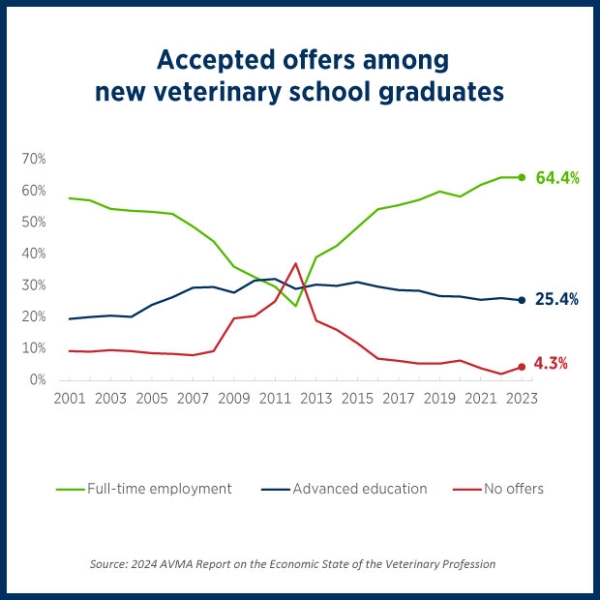Improve accessibility with universal design—Here’s how
Q: How can veterinarians design our buildings, services, and websites to make them easier for everyone to use?
A: Apply universal design principles that improve accessibility.
Discover what you and your team can do to increase accessibility in your workplace—and how this can benefit people with and without disabilities—in a new learning module, Accessibility in the Workplace, now available on the Journey for Teams website.
Accessibility is the design of products, devices, services, curriculums, vehicles, or environments so people of all abilities can use them. The new learning module explores concrete steps you can take to improve accessibility in a wide range of ways, from examining the usability of your accessible parking spots, to auditing your website for accessibility features and barriers.
Accessibility provides the option for everyone to belong and participate. The new Journey for Teams module provides insights that will help you create an environment that meets the needs of all people.
Provide feedback to improve the journey for all
Journey for Teams releases a new learning module every month, exploring topics that deepen understanding of and support for diversity, equity, and inclusion (DEI). Now, each module includes a “Feedback” button that makes it easy for you to rate and comment on its impact.
Journey for Teams, developed by the AVMA in collaboration with the Veterinary Medical Association Executives, is generously supported by many industry partners.
Collaborating partners: National Association of Veterinary Technicians in America; Veterinary Hospital Managers Association
Educational partners—Trailblazers: Boehringer Ingelheim; Mars Veterinary Health; Nationwide; NAVC; National Veterinary Associates; Petco/Petco Love; Viticus Group; Zoetis
Educational partners—Adventurers: CareCredit; Hill's Pet Nutrition; Merck Animal Health; Suveto




Comments
Add New Comment